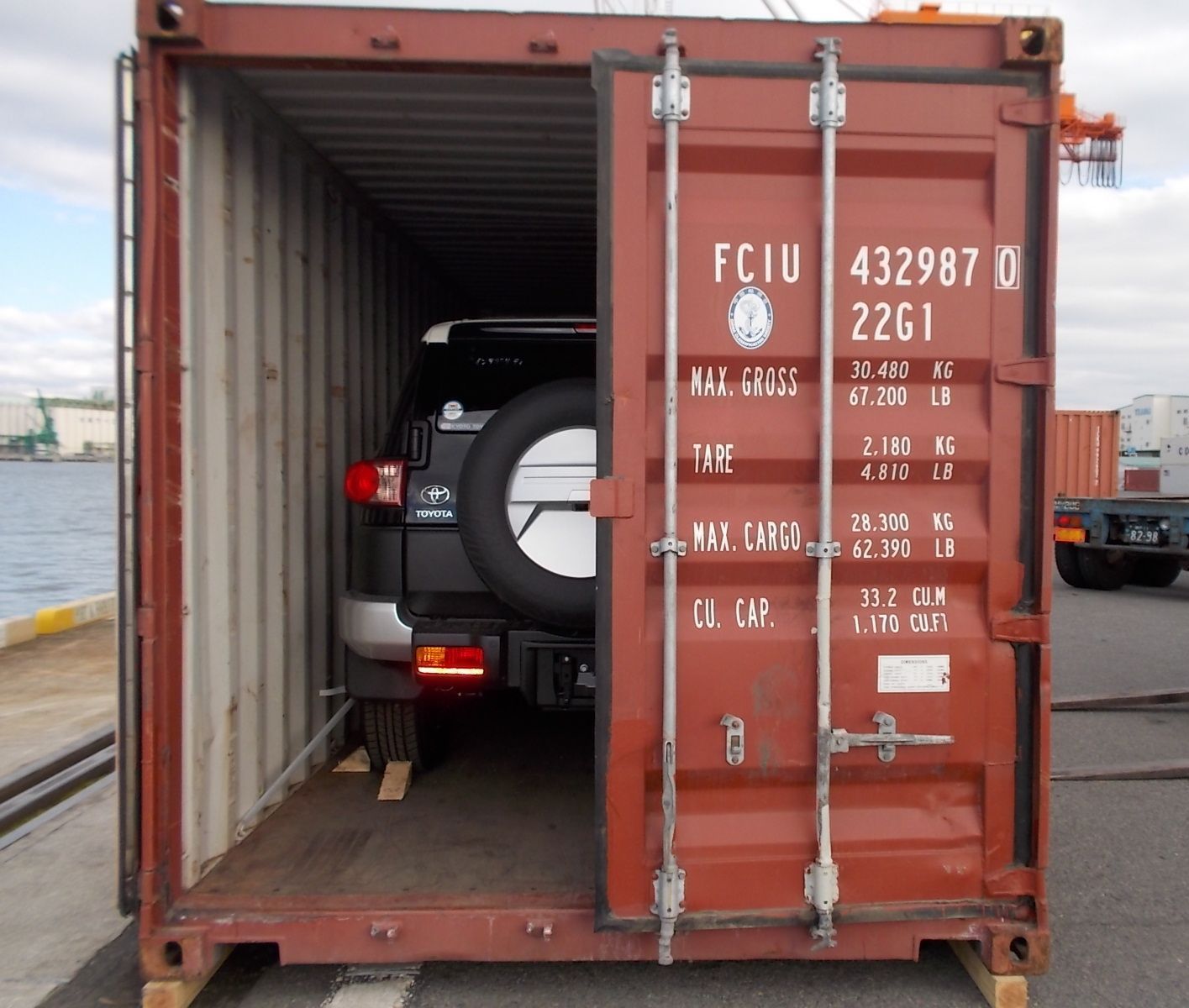Moving Overseas Made Easy
How the Covid-19 pandemic disrupted supply chains globally.
The Covid-19 pandemic has had a profound impact on global supply chains, disrupting transportation, manufacturing, and logistics operations around the world. Lockdowns, travel restrictions, and border closures have led to delays and shortages of goods, while increased demand for certain products has put a strain on supply chains.
Logistical solutions to avoid some of the aftermath.
As we move forward, it is crucial to find logistical solutions to avoid some of the aftermath of this disruption. One solution is to increase supply chain visibility through digital technology. By using data analytics and real-time monitoring, businesses can gain insights into their supply chain operations and identify potential disruptions before they occur. This allows for better decision-making and more effective risk management.
Diversifying supply chains and reducing dependence on a single supplier or region.
Another solution is to diversify supply chains and reduce dependence on a single supplier or region. This can be achieved by building redundancy into the supply chain, such as having multiple suppliers for critical components or maintaining safety stock to avoid shortages.
Collaboration and communication between stakeholders.
Collaboration and communication between stakeholders is also key. By working closely with suppliers, customers, and logistics partners, businesses can better manage supply chain disruptions and find solutions that benefit everyone. This includes sharing information, coordinating efforts, and developing contingency plans.
Investing in automation and robotics.
Investing in automation and robotics can also help to mitigate the impact of disruptions. By automating processes such as order fulfillment and inventory management, businesses can reduce the risk of human error and improve efficiency. Robotics can also help to address labor shortages and reduce the risk of worker exposure to viruses.
Building a resilient and flexible supply chain.
Finally, building a resilient and flexible supply chain is essential. This means having the ability to adapt quickly to changing circumstances and being able to pivot operations as needed. This includes having a clear understanding of the supply chain network, having contingency plans in place, and being willing to make strategic investments to improve logistics operations.
In conclusion, the Covid-19 pandemic has highlighted the need for greater resilience and flexibility in supply chains. By investing in technology, diversifying suppliers, collaborating with stakeholders, automating processes, and building flexibility into the supply chain, businesses can better manage disruptions and ensure the continued flow of goods and services.



